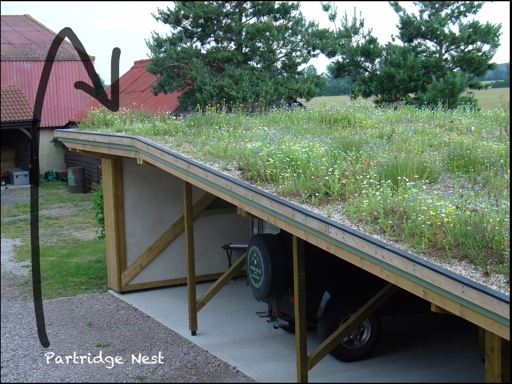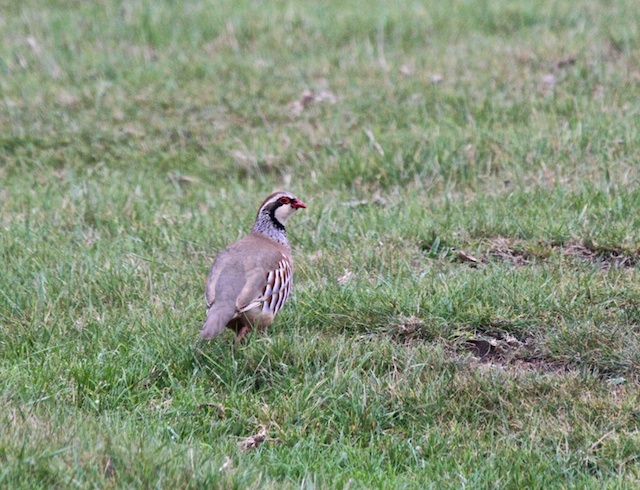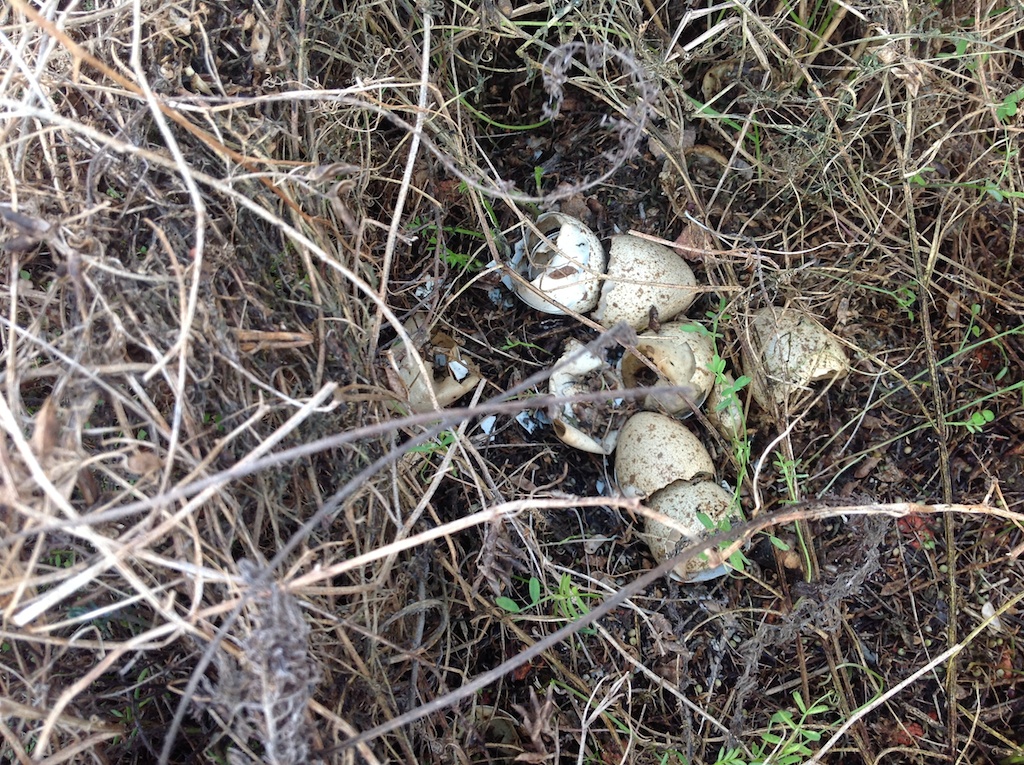A new Green Roof Breeding Bird Species was discovered last week, whilst we doing a green roof tour in Essex. With the delegates from our workshop series enjoying the lovely ‘Land Rover’ wildflower green roof, John Little uncovered a clutch of hatched eggs.Nestling beneath a thick growth of dried vegetation, the light brown eggs could only be those a Red-legged Partridge. Though I have seen this species on a roof before no one has ever encountered a nest. I suspect they nest on big green roofs like the one at Rolls Royce in West Sussex but here we have the evidence that DO.
We know that Lapwings, Skylarks, Common Terns, Ringed and Little Ringed Plovers and Killdeers ( in the US) regularly best of green roofs. My good friend and colleague Nathalie Baumann has studied ground nesting birds for a number of years. She has also written extensively on the subject. But a quick text message exchange confirm that this was also the first confirmed record to the best of her knowledge.
What is also exciting is the roof is only about 50sqm. Not big. However when you consider that most of the surrounding ‘green’ land is ‘factory’ land where the perimeters are keep low and at bay, this biodiverse oasis was probably just the right place to be. No doubt the roof afforded some protection from Fox predation. However the owners never realised that a partridge and her clutch were hunkered down above the Land Rovers.
And what if the roof was massive like some there going up in the countryside, surely there would be more of the birds needing? And perhaps other species too.
The key thing here is that the roof has been designed along our guidance note for invertebrate biodiversity. Wildflowers, topography an a good depth I substrate benefit more than invertebrates.


